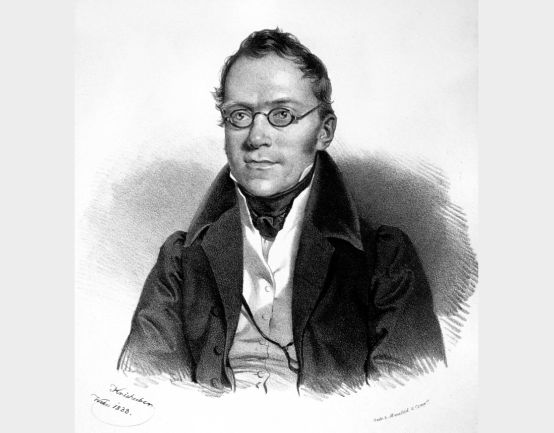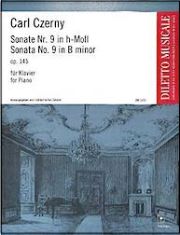Symphonic breath
The six-movement Sonata in B minor is probably not Carl Czerny's masterpiece, but it is a thoroughly original interpretation of the genre.

"Carl Czerny was perhaps the greatest pianist who almost never performed and the greatest composer who fell into oblivion," writes Iwo Zaluski in his foreword to the new edition of Czerny's ninth piano sonata. He even counts him alongside Beethoven and Schubert as part of the "great triumvirate" of classical piano sonatas. These statements are of course highly contestable. As far as the "triumvirate" is concerned, Haydn and Mozart should not be passed over so carelessly. And it is also not true that Czerny has been forgotten as a composer. However, it is not necessarily his piano sonatas that come to mind. These would actually deserve more attention.
His ninth in B minor op. 145 has now been reissued by Iwo Zaluski for Doblinger. The formal structure is unusual: six movements, including a free fugue at the end. This is more reminiscent of Beethoven's late string quartets than a classical sonata. The harmonic language is also unusually distinctive in places. The melodic phrases are very expansive, especially in the slow third movement (Adagio molto espressivo) - probably the climax of the work - which is imbued with an almost symphonic breath.
Surprisingly, it is the pianistic development of this music that makes the weakest impression. Although the piano writing is comfortable to play, it suffers from the fact that the many accompanying phrases sound stereotypical and unimaginative.
If you want to experience the composer Czerny "at his best", it is better to go for the four-handed Grande Sonata in F minor op. 178, an unusually passionate and colorful work, entirely in the spirit of the Appassionata of his teacher Beethoven.
Carl Czerny: Sonata No. 9 in B minor op. 145, edited by Iwo Zaluski, Diletto Musicale DM 1470, € 18.95, Doblinger, Vienna








